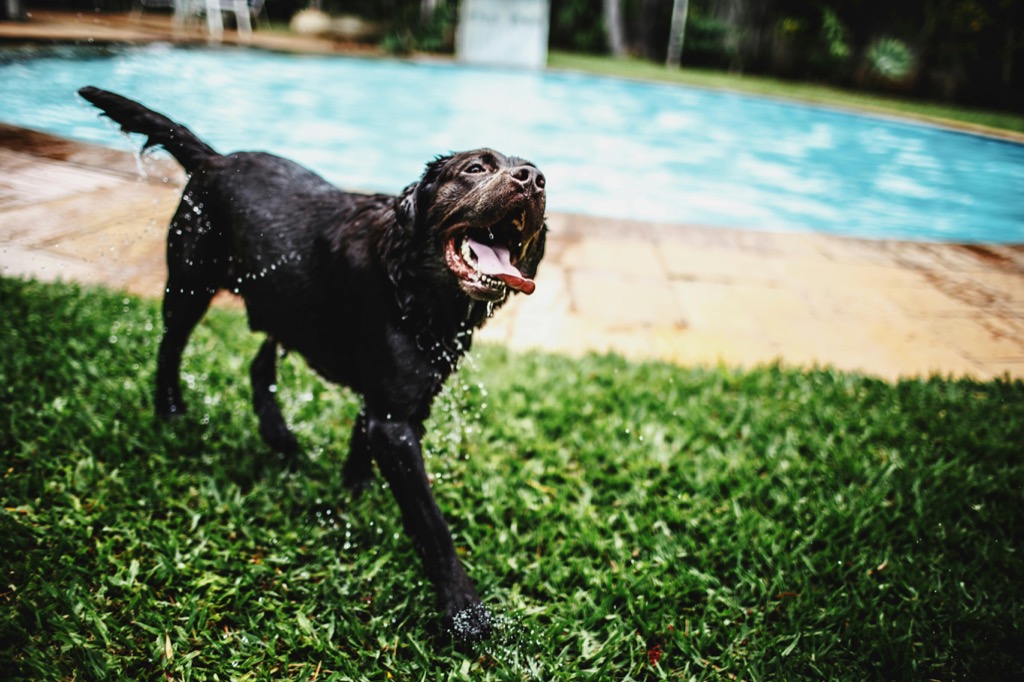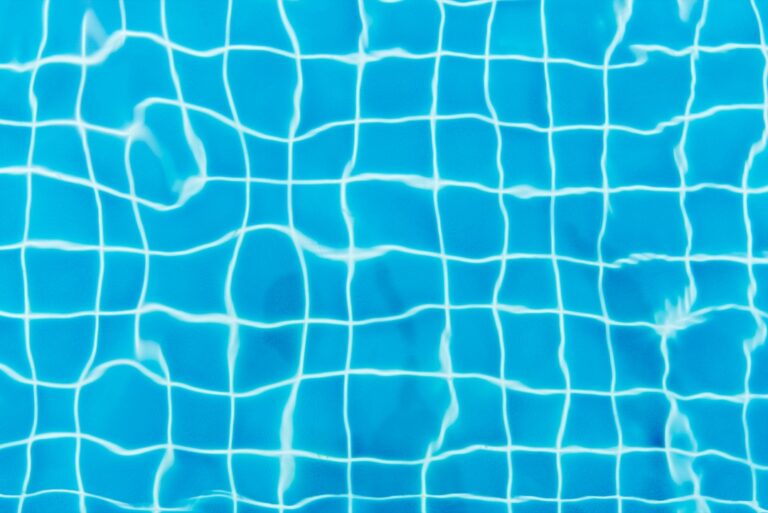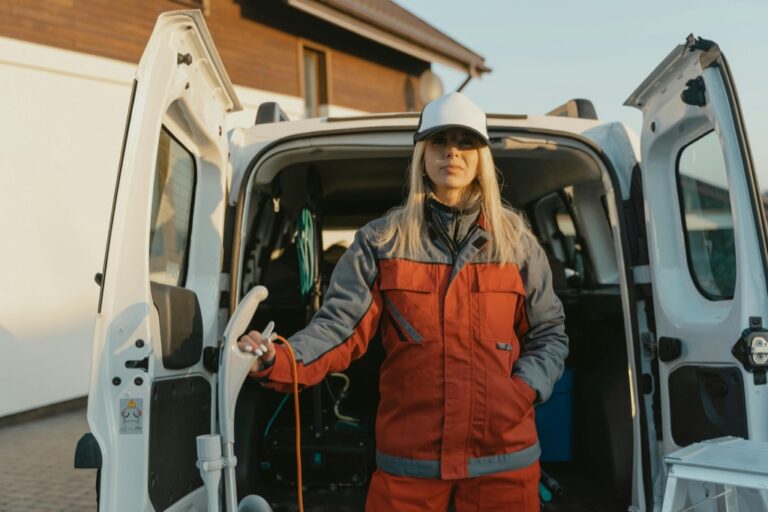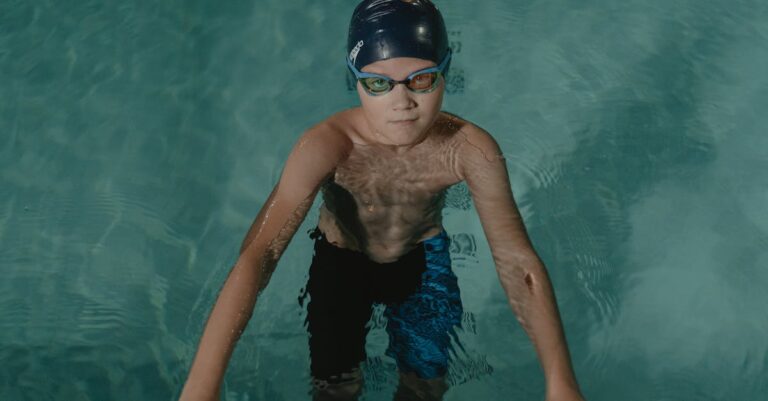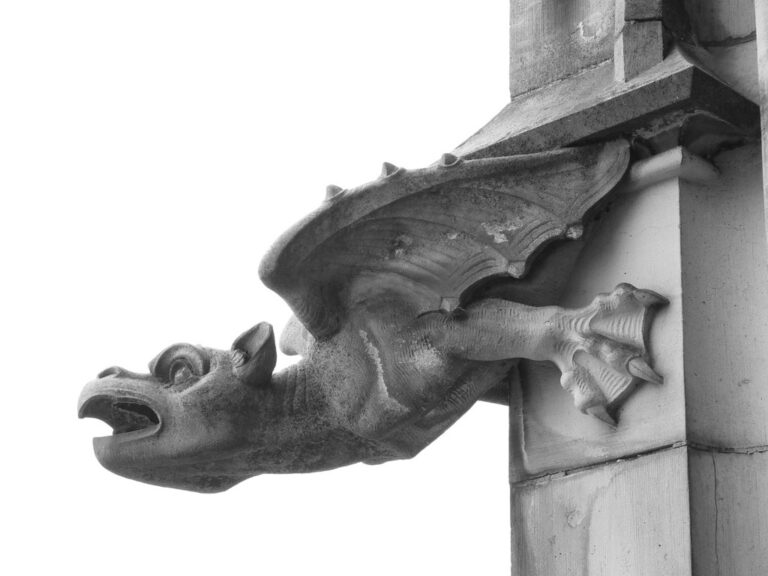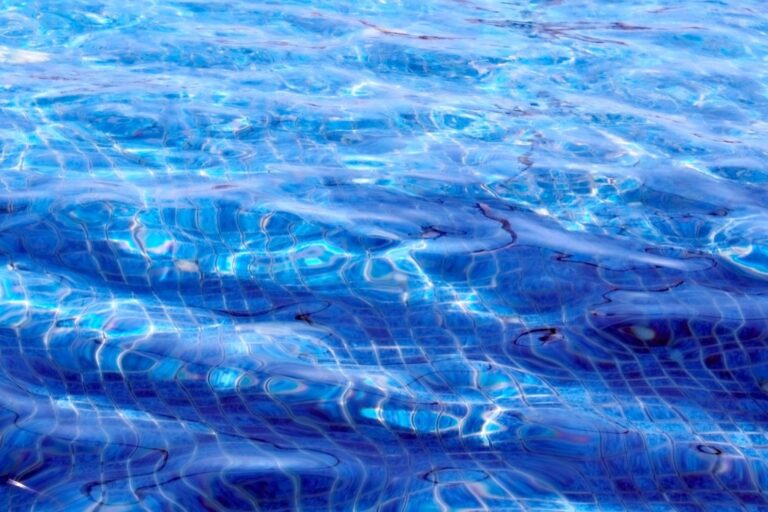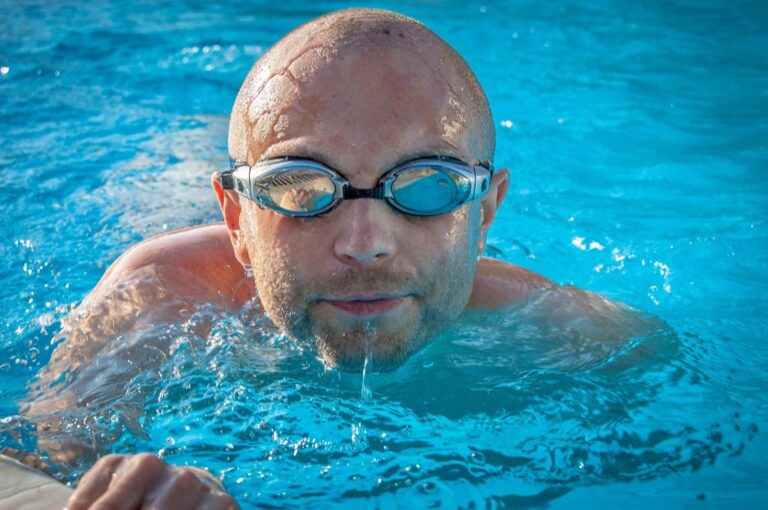7 Tips for Pool Maintenance for Pet Owners That Protect Your Pets
Discover 7 essential pool maintenance tips for pet owners. Learn to balance water chemistry, remove pet hair, ensure safety, and keep your pool clean while your furry friends enjoy swimming safely.
Owning a pool while having pets creates unique maintenance challenges that traditional pool care guides rarely address. Your furry companions introduce additional contaminants like pet hair and natural oils that can disrupt water chemistry and clog filtration systems faster than you’d expect. Smart pool maintenance strategies specifically designed for pet owners will keep your water crystal clear while ensuring your four-legged family members stay safe around the pool area.
Disclosure: As an Amazon Associate, this site earns from qualifying purchases. Thank you!
Keep Your Pool Water Chemistry Balanced for Pet Safety
Pets introduce organic compounds that throw off your water chemistry faster than you’d expect. You’ll need to test and adjust more frequently to maintain safe swimming conditions for both your family and furry friends.
Test pH and Chlorine Levels Weekly
Check your pool’s pH between 7.2-7.6 and free chlorine at 1.0-3.0 ppm every week. Pet hair, saliva, and oils consume chlorine rapidly and can cause pH swings that irritate both human and animal skin. Use test strips or a digital tester for accurate readings, especially after your pets have been swimming.
Maintain Proper Alkalinity and Calcium Hardness
Keep total alkalinity between 80-120 ppm and calcium hardness at 150-300 ppm for stable water chemistry. Pet-related organic matter can destabilize these levels, causing corrosion or scaling that damages equipment. Test monthly and adjust with sodium bicarbonate for alkalinity or calcium chloride for hardness when needed.
Use Pet-Safe Pool Chemicals Only
Maintain balanced pool water effortlessly with ARM & HAMMER Clear Balance tablets. These convenient tablets, formulated with baking soda, optimize chlorine performance and protect pool surfaces.
Choose non-chlorine shock treatments and enzyme-based cleaners specifically labeled as pet-safe. Traditional pool chemicals can be toxic if your pets drink pool water or lick their wet fur. Look for products with natural enzymes that break down organic waste without harsh chemical residues that could harm your animals.
Install Proper Pool Barriers and Safety Equipment
• POOL SAFETY FENCE – Protects against unauthorized access to your pool, keeping your loved ones safe. Sturdy & extremely safe while in use, it’s easy to remove. For best results, install on cement or concrete tiled decks. NOT recommended for use with pavers • STRONG & DURABLE – WaterWarden Inground Pool Safety Fences are UL-Certified and made of super-strong, UV protected Meshylene fabric with reinforced edging to prevent fraying. The maximum UV inhibitors make it suitable for all climates. • DIMENSIONS – Each section of fence measures 4’ high and 12’ long. The spring-loaded safety latch system quickly and easily joins fence sections together, and you can buy as many sections as you need to safely surround your pool. • DIY INSTALLATION – This WaterWarden pool enclosure fence installs in minutes by simply drilling ⅝” holes and inserting the poles. A drilling template, instructions, hardware, hooks, and insert caps to cover holes are included. • WATERWARDEN – With state-of-the-art technology and a keen understanding of pool safety born of over five decades of experience, WaterWarden consistently leads the industry in product quality, reliability, ease-of-use, and service.
Pool barriers aren’t just legal requirements—they’re your first line of defense against pet accidents. Even the strongest swimmers can panic in water, and curious pets often don’t understand pool depths or escape routes.
Add Sturdy Pool Fencing with Self-Closing Gates
Secure your pool area with this durable VINGLI pool fence. The 4ft x 96ft mesh fence is easy to install with included hardware and provides a removable safety barrier for children and pets.
Install 4-foot minimum fencing around your pool perimeter with vertical slats spaced no more than 4 inches apart. Choose materials like aluminum or vinyl that won’t splinter or rust when pets scratch against them. Self-closing gates with magnetic latches prevent pets from wandering into the pool area unsupervised, even when you forget to secure the entrance.
Place Pool Alarms and Motion Detectors
Get reliable pool safety with the BCONE alarm system. It prevents false alerts, features a loud alarm, and connects to Alexa for convenient control.
Position floating pool alarms that trigger when pets break the water surface unexpectedly. Install perimeter motion detectors around your pool deck to alert you when pets approach the water alone. These dual-detection systems give you crucial seconds to respond, especially during evening hours when visibility drops and pets are most active.
Provide Pool Ramps and Pet-Friendly Exit Points
Install gradual-slope ramps or pet steps at multiple pool locations to create easy escape routes. Position these exits away from skimmer intakes where pets might get trapped by suction. Textured surfaces on ramps prevent slipping, while bright colors help pets identify exit points during stressful situations when they’re struggling in the water.
Create a Regular Pet Hair and Debris Removal Routine
Pet hair and organic debris accumulate faster than you’d expect, turning your pristine pool into a maintenance nightmare if left unchecked. You’ll need a proactive approach that goes beyond weekend cleanings to stay ahead of the constant influx of fur, dirt, and oils your pets introduce.
Skim the Pool Surface Daily
Surface skimming becomes critical when pets use your pool regularly. You’ll spot floating hair clumps and debris within hours of your pet’s swim session, not days later like with human-only pools. Use a fine-mesh skimmer net each morning and evening to catch hair before it sinks and clogs your filtration system.
Clean Pool Filters More Frequently
Pet hair doubles your filter cleaning frequency compared to standard maintenance schedules. You’ll need to rinse cartridge filters weekly instead of bi-weekly, as pet hair creates dense mats that block water flow rapidly. Check your skimmer baskets daily since they’ll fill with hair and organic matter much faster than usual.
Use Tennis Balls to Collect Oils and Hair
Tennis balls naturally attract pet oils and loose hair floating on your pool’s surface. Toss 3-4 tennis balls into your pool and let them float freely to absorb oils from pet coats that regular skimming misses. Replace the balls weekly or when they become visibly saturated with oils and debris.
Train Your Pets for Safe Pool Behavior
Teaching your pets proper pool behavior creates a foundation for safe water experiences while reducing maintenance headaches from panicked animals churning up debris.
Teach Basic Water Safety Commands
Start with simple commands like “wait,” “stay,” and “out” before allowing pool access. Practice these commands on dry land first, then gradually introduce them poolside with your pet on a leash.
“Come” becomes your most crucial emergency command when your pet’s in the water. Train this response consistently, rewarding immediate compliance every time your pet exits the pool area when called.
Establish Pool Rules and Boundaries
Create designated entry and exit points where your pet can safely access the water. Mark these areas visually with colorful markers or flags so your pet learns the approved access routes.
Establish “no pool” times during chemical treatments or cleaning sessions. Use consistent verbal cues and physical barriers like pool covers to reinforce when the area’s off-limits.
Supervise All Pet Swimming Sessions
Never leave pets unattended in or around the pool area, even if they’re strong swimmers. Fatigue, disorientation, or sudden medical issues can overwhelm even water-confident animals.
Position yourself where you can quickly reach your pet if needed. Keep a long-handled net or reaching tool nearby for emergency assistance without entering the water yourself.
Maintain Clean Pool Decking and Surrounding Areas
Your pool deck acts as the first line of defense against pet-related contamination entering your pool water. Clean surrounding areas prevent debris, bacteria, and organic matter from washing into your carefully balanced pool chemistry.
Rinse Pet Paws Before Pool Entry
Rinse your pet’s paws with fresh water before they enter the pool area. Outdoor pets track dirt, grass, pollen, and bacteria on their paws that’ll quickly cloud your pool water. Set up a small rinse station near your pool entry with a spray bottle or shallow basin. This 30-second routine prevents hours of extra filtration work and keeps your water crystal clear between chemical treatments.
Keep Food and Water Bowls Away from Pool
Position pet food and water bowls at least 10 feet from your pool’s edge. Spilled kibble attracts insects, creates organic debris, and encourages pets to shake off excess water near the pool after drinking. Food particles that blow into the pool become prime breeding grounds for algae and bacteria. Place feeding stations on the opposite side of your yard or patio to minimize contamination risks.
Clean Up Pet Waste Immediately
Remove pet waste from pool areas within minutes of discovery to prevent serious contamination. Even small amounts of pet waste contain millions of harmful bacteria that can overwhelm your sanitization system and create dangerous swimming conditions. Solid waste near pools can wash in during rain or sprinkler activation. Keep cleanup supplies readily available and disinfect the area thoroughly after removal to protect your pool’s water quality.
Monitor and Adjust Pool Equipment Settings
Your pool equipment needs strategic adjustments when pets become regular swimmers. Standard settings won’t handle the increased organic load pets bring to your water.
Run Pool Pumps Longer During Heavy Pet Use
Extend your pump runtime by 2-4 hours during peak pet swimming periods. Pet hair and oils require more circulation to prevent dead spots where debris accumulates. I’ve found that increasing daily runtime from 8 to 10-12 hours keeps water consistently clear when multiple pets use the pool regularly.
Increase Filtration Cycles During Swimming Season
Program your filtration system to run additional cycles during pet swimming season. Standard filtration cycles can’t handle the extra organic matter pets introduce through fur oils and microscopic debris. Schedule an extra 2-hour cycle during early morning or late evening to maintain optimal water clarity.
Check and Clean Skimmer Baskets Regularly
Empty skimmer baskets every 2-3 days instead of weekly when pets swim frequently. Pet hair clogs these baskets faster than typical debris, reducing water flow and filtration efficiency. I’ve seen completely blocked baskets after just two days of heavy pet use, which forces your pump to work harder.
Schedule Professional Pool Inspections More Often
Pet owners need professional pool inspections every 3-4 months instead of the standard twice-yearly schedule. The increased organic load from pets accelerates equipment wear and creates maintenance challenges that require expert attention.
Have Water Tested by Professionals Monthly
Monthly professional water testing catches chemical imbalances that home test kits miss. Pet-related contaminants create complex water chemistry interactions that require lab-grade analysis to identify properly. Professional testing reveals phosphate levels, total dissolved solids, and cyanuric acid concentrations that affect your pool’s ability to stay clean with pets swimming regularly.
Inspect Pool Equipment for Pet-Related Damage
Pet hair and debris cause premature wear on pump impellers, filter housings, and skimmer mechanisms. Professional inspections identify clogged internal components, worn seals, and motor strain before expensive breakdowns occur. Technicians spot pet-specific issues like hair wrapped around pump shafts or organic buildup in hard-to-reach filtration areas that you can’t see during routine maintenance.
Address Any Safety Concerns Immediately
Professional inspectors identify safety hazards that pet owners often overlook during routine cleaning. They check pool barrier integrity, gate mechanisms, and deck surfaces for wear patterns caused by pet claws and activity. Emergency equipment functionality gets verified, and inspectors ensure pool alarms and safety devices work properly despite exposure to pet-related moisture and debris.
Conclusion
Maintaining a pool with pets requires dedication but it’s absolutely manageable with the right approach. You’ll need to stay proactive with water testing chemical balancing and equipment maintenance to handle the extra organic load your furry friends bring to your pool.
Remember that consistency is key – daily skimming weekly filter cleaning and regular professional inspections will keep your pool safe and clean for everyone. Your pets can enjoy swimming while you maintain crystal-clear water by following these specialized maintenance strategies.
The investment in pet-friendly pool care pays off with a safer swimming environment and longer-lasting equipment. You’ll spend more quality time enjoying your pool with your pets rather than constantly battling water quality issues.
Frequently Asked Questions
How do pets affect pool water chemistry?
Pets introduce organic compounds, hair, and oils that disrupt water chemistry faster than normal. Pet hair and oils consume chlorine rapidly and cause pH swings that can irritate skin. These contaminants also destabilize alkalinity and calcium hardness levels, potentially leading to equipment damage if not properly managed.
What are the ideal chemical levels for pools used by pets?
Maintain pH between 7.2-7.6 and free chlorine at 1.0-3.0 ppm. Keep alkalinity at 80-120 ppm and calcium hardness at 150-300 ppm. Test these levels weekly since pet-related organic matter can quickly throw off the balance and require more frequent adjustments.
What safety measures should I install around my pool for pets?
Install sturdy fencing with self-closing gates to prevent unsupervised access. Add floating pool alarms and motion detectors to alert you when pets approach the water. Provide pool ramps and pet-friendly exit points with non-slip surfaces to ensure pets can safely escape from the pool.
How often should I clean my pool filter when I have pets?
Clean pool filters weekly instead of the typical bi-weekly schedule. Pet hair accumulates quickly and can clog filtration systems faster than regular debris. Also check and clean skimmer baskets every 2-3 days to maintain efficient water flow and prevent blockages.
What’s the best way to remove pet hair from my pool?
Use daily surface skimming with a fine-mesh skimmer net to catch hair before it sinks. Place tennis balls in the pool to naturally attract oils and hair, replacing them weekly when saturated. This preventive approach reduces the burden on your filtration system.
Are regular pool chemicals safe for pets?
Traditional pool chemicals can be toxic to pets. Use pet-safe alternatives like non-chlorine shock treatments and enzyme-based cleaners. These products effectively maintain water quality while reducing the risk of chemical poisoning or skin irritation for your pets.
How should I train my pet for safe pool behavior?
Teach basic water safety commands like “wait,” “stay,” “out,” and the emergency command “come.” Establish designated entry and exit points, and set “no pool” times during chemical treatments. Always supervise swimming sessions and never leave pets unattended around the pool area.
How do I prevent contamination from the pool deck area?
Rinse your pet’s paws before pool entry to remove dirt and bacteria. Position pet food and water bowls at least 10 feet from the pool to minimize organic debris. Clean up pet waste immediately to prevent harmful bacteria from overwhelming your pool’s sanitization system.
Do I need to adjust my pool equipment settings for pets?
Yes, extend pump runtime by 2-4 hours during peak pet swimming periods and increase filtration cycles during swimming season. The increased organic load from pets requires more intensive circulation and filtration to maintain optimal water clarity and cleanliness.
How often should I have professional pool maintenance with pets?
Schedule professional inspections every 3-4 months and monthly water testing. Pet-related contaminants create complex chemical interactions that home test kits may miss. Professionals can identify accelerated equipment wear and ensure safety barriers function properly despite pet-related debris exposure.

